

A groundbreaking study from the University of Bath unveils the synergistic benefits of mindfulness and exercise for improving mental health, revealing how their positive effects are amplified when integrated.
Mindfulness and Exercise: A Powerful Combination for Mental Health
A groundbreaking study from the University of Bath has revealed the synergistic benefits of mindfulness and exercise for improving mental health. The study found that when mindfulness and exercise are combined, their positive effects are amplified, leading to greater reductions in stress, anxiety, and depression, as well as improvements in mood, well-being, and cognitive function.
How Mindfulness and Exercise Work Together
Mindfulness involves paying attention to the present moment without judgment. This can help to reduce stress and anxiety by allowing people to let go of negative thoughts and emotions. Exercise, on the other hand, releases endorphins, which have mood-boosting effects. When mindfulness and exercise are combined, the benefits of both are enhanced, leading to a more comprehensive and lasting improvement in mental health.
Top 5 FAQs About Mindfulness and Exercise
There are many ways to combine mindfulness and exercise. One popular method is to practice mindfulness during exercise, such as by paying attention to the sensations in your body or the breath. Another option is to practice mindfulness before or after exercise to help you relax and focus.
The frequency of your mindfulness and exercise practice will depend on your individual needs and preferences. However, most experts recommend practicing mindfulness for at least 10 minutes each day and getting at least 30 minutes of moderate-intensity exercise most days of the week.
There are many different mindfulness exercises that you can do during exercise. Some popular options include:
* **Body scan meditation:** Pay attention to the sensations in your body, starting from your toes and working your way up to your head.
* **Breath awareness meditation:** Focus your attention on your breath, noticing the rise and fall of your chest or the feeling of the air moving in and out of your nostrils.
* **Walking meditation:** Pay attention to the sensations of walking, such as the feeling of your feet on the ground or the movement of your arms.
4. What are some of the benefits of combining mindfulness and exercise?
Combining mindfulness and exercise can provide a number of benefits, including:
* Reduced stress and anxiety
* Improved mood and well-being
* Enhanced cognitive function
* Increased self-awareness and compassion
* Better sleep
* Reduced risk of chronic diseases
5. Where can I learn more about mindfulness and exercise?
There are many resources available to help you learn more about mindfulness and exercise. Some popular options include:
* Books: "Mindfulness and Exercise: A Guide to Cultivating Inner Peace Through Physical Activity" by Ruth Baer
* Websites: The Greater Good Science Center at UC Berkeley, Mindful.org, The Center for Mindful Eating
* Apps: Headspace, Calm, Insight Timer
Further Information:

On World Health Day, Dr. Swaramya Chandrasekaran, a gynaecologist at Rela Hospital Chennai, reflects on the progress and challenges in maternal and newborn health in India. She highlights the country's commendable decline in neonatal deaths and the success of flagship schemes such as Janani Suraksha Yojana and Janani Shishu Suraksha Karyakram. However, she also acknowledges the need for consistent quality of care, especially in rural areas, and calls for strengthening community awareness, upgrading infrastructure, and supporting maternal mental health. The adoption of global frameworks and the commitment to no mother or child being left behind further emphasize India's efforts towards a resilient future.

Recent events have sparked conversations among leading geophysicists about the risk of earthquakes in Vietnam, despite the country not being situated on major tectonic belts. Although the likelihood of catastrophic earthquakes is low, Vietnam still faces the potential for significant seismic activity, particularly in the northwest region. With the presence of multiple geological fault lines, some capable of producing earthquakes with magnitudes up to seven, experts urge for seismic hazard assessments and preparedness measures to mitigate potential damage.
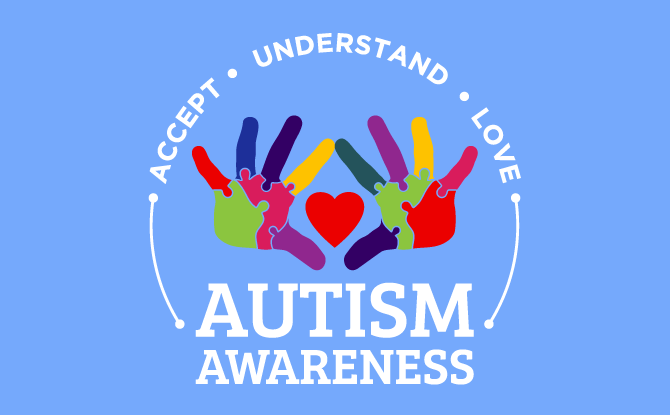
On April 2, the world recognizes World Autism Awareness Day, bringing attention to the challenges faced by individuals with autism. The term "autism" was first introduced in 1911 and has been further defined and understood since then. As a wide range of developmental disorders, each diagnosis is unique, making it important to understand and support those on the spectrum. This day aims to raise awareness and promote understanding and support for individuals and their families.
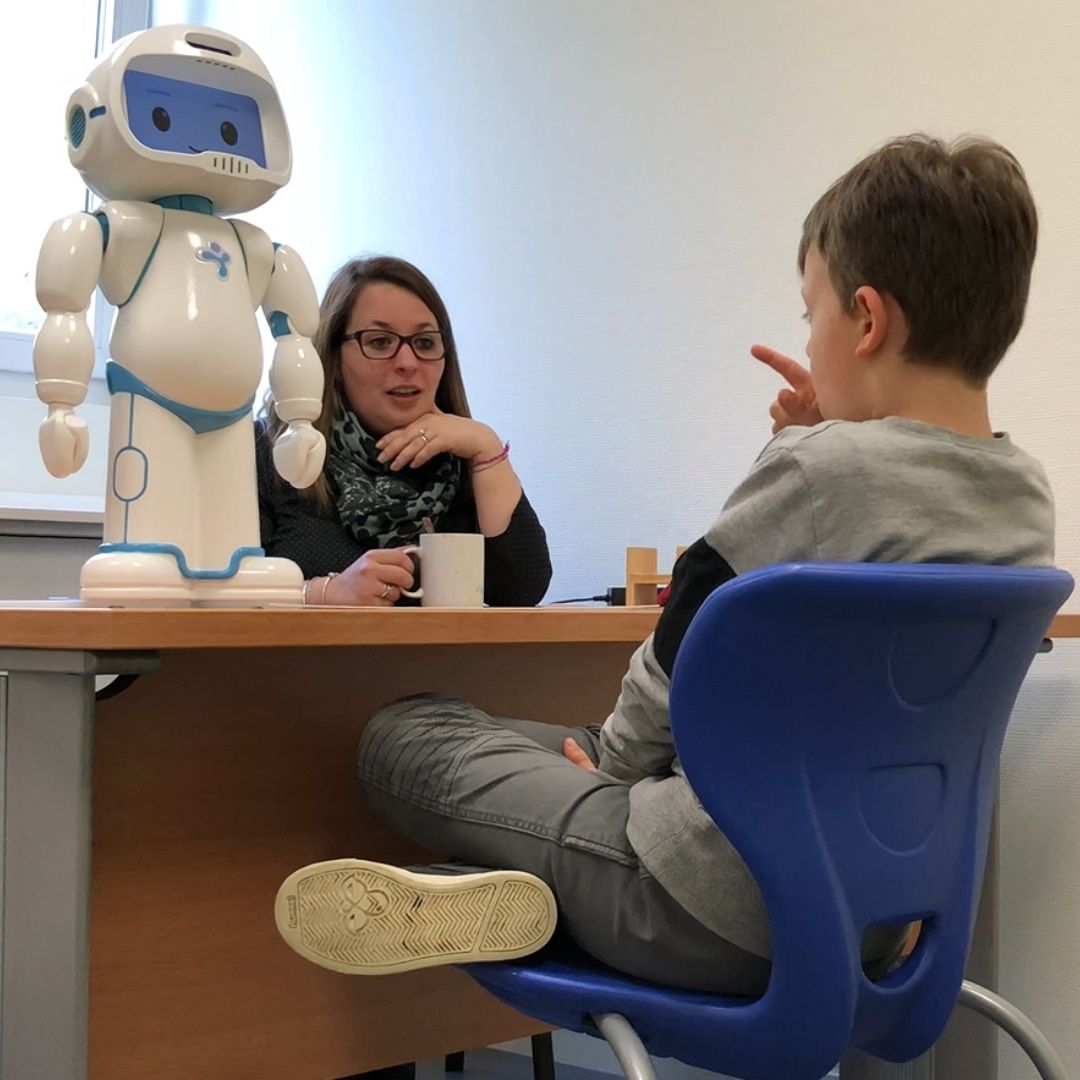
In light of World Autism Awareness Day, experts, including a paediatric neurologist and a RCI-certified special educator, discuss the role of technology in assisting children with Autism Spectrum Disorder (ASD). They highlight the benefits of alternative communication devices, which can aid non-verbal children in expressing their emotions effectively. Furthermore, they share insights on the various technological tools and interventions that can enhance the learning and development of children with ASD.
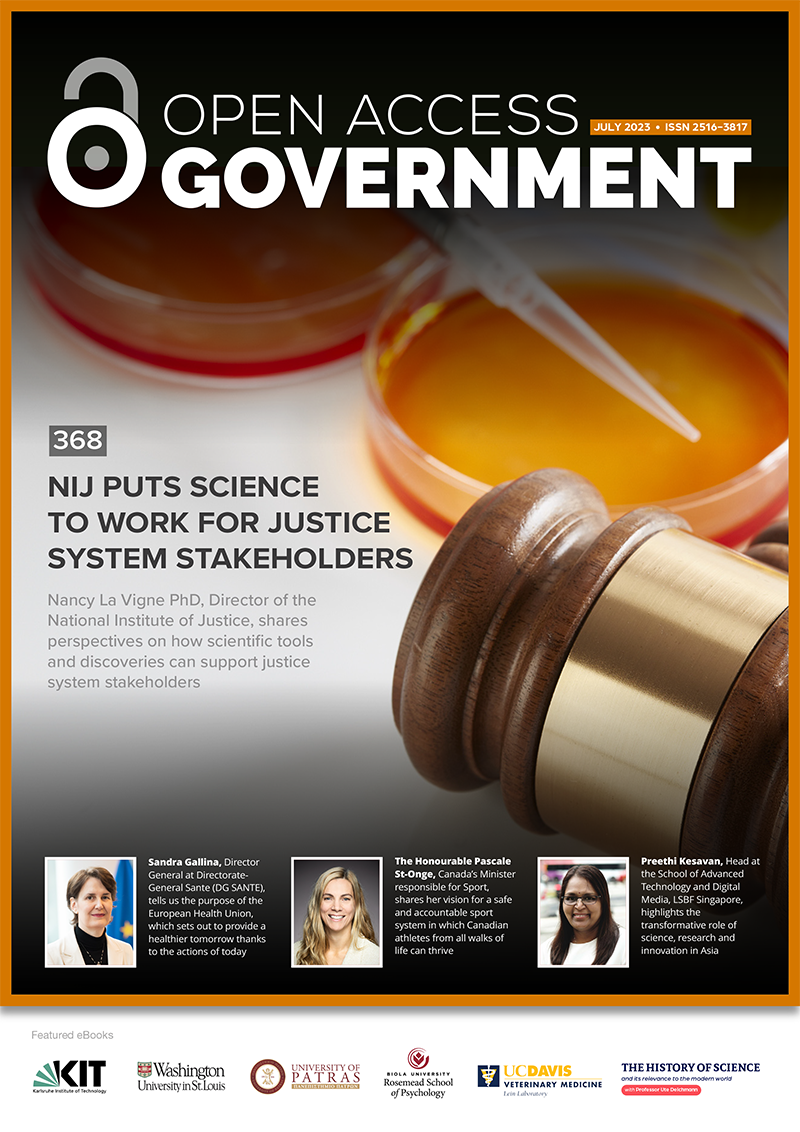
With a wide range of publications, eBooks, and research articles, Open Access Government is a pioneering platform that shares relevant and comprehensive information on health, workplace, digital transformation, and other critical topics. As a Crossref Sponsored Member, the platform connects research content across the globe, strengthening the research communication network. With an impressive membership of over 20,000 organizations from 160 countries and support for billions of API queries, Crossref plays a significant role in promoting a collaborative and innovative research environment.
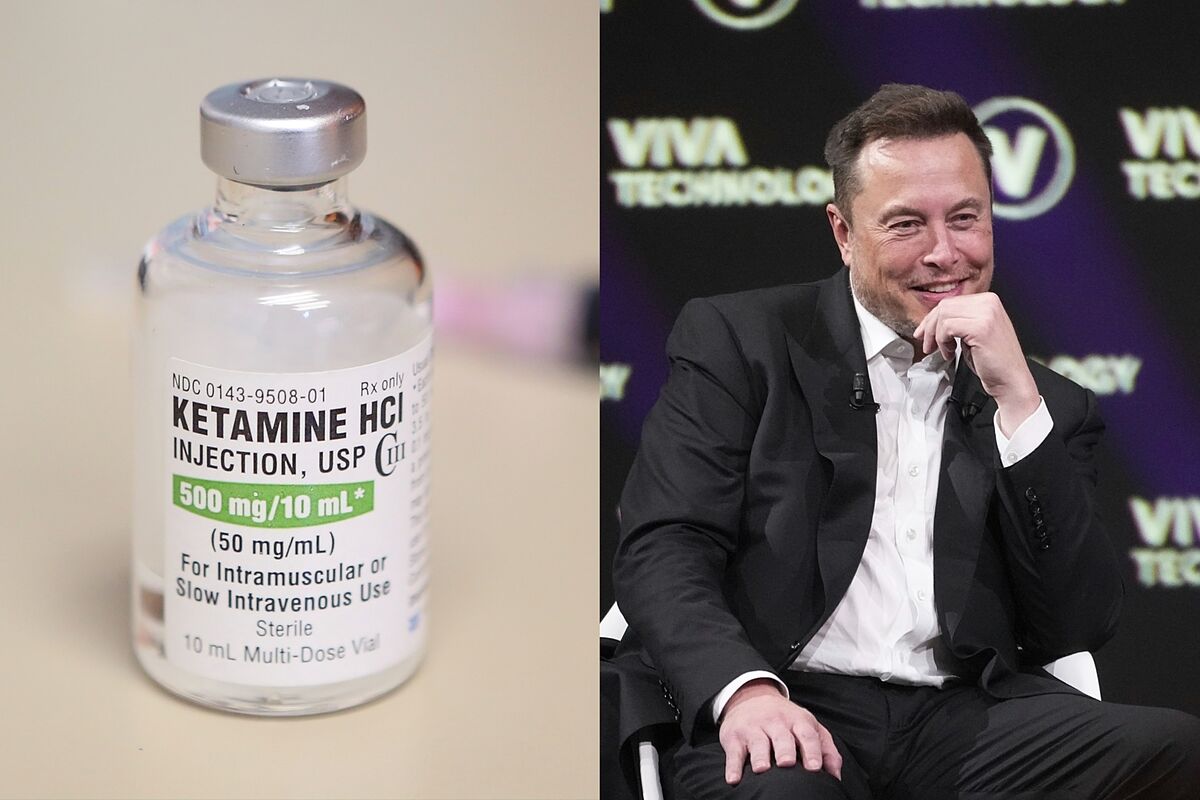
The use of ketamine as a treatment for depression has gained attention after Tesla and SpaceX CEO Elon Musk revealed that he uses the drug every other week. Derived from PCP, ketamine is a Schedule X drug that is regulated and monitored in India by prescribing doctors. While it has shown promise in managing mental health conditions, the euphoric effects of ketamine can lead to addiction if not supervised by a doctor.
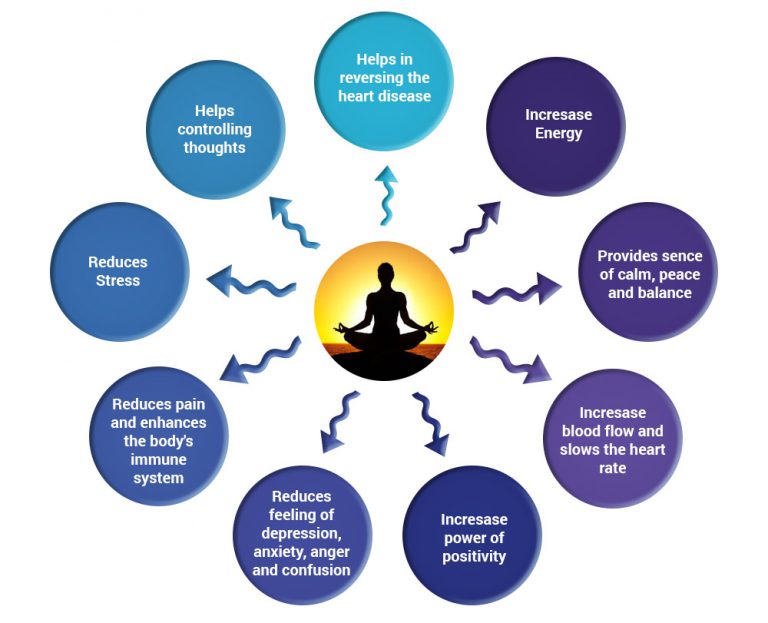
A personal journey of discovering the true meaning of meditation leads to the realization of the role of Pranayama in enhancing the practice. Pranayama not only calms the mind and reduces thoughts, but also acts as a bridge between universal energy and ourselves, leading to a deeper connection in meditation. However, the importance of proper breath regulation and caution during kumbhaka is emphasized to avoid potential dangers and achieve optimal results in meditation.

Medindia, a leading health information website, has launched a new feature called Health Watch which aims to provide accurate and informative content on various health-related topics. The feature will include articles, e-books and consultations with qualified physicians, making it a one-stop destination for medical information. This initiative by Medindia is set to revolutionize the way people access and use health-related information, ensuring they have access to reliable and trustworthy sources for their health needs.
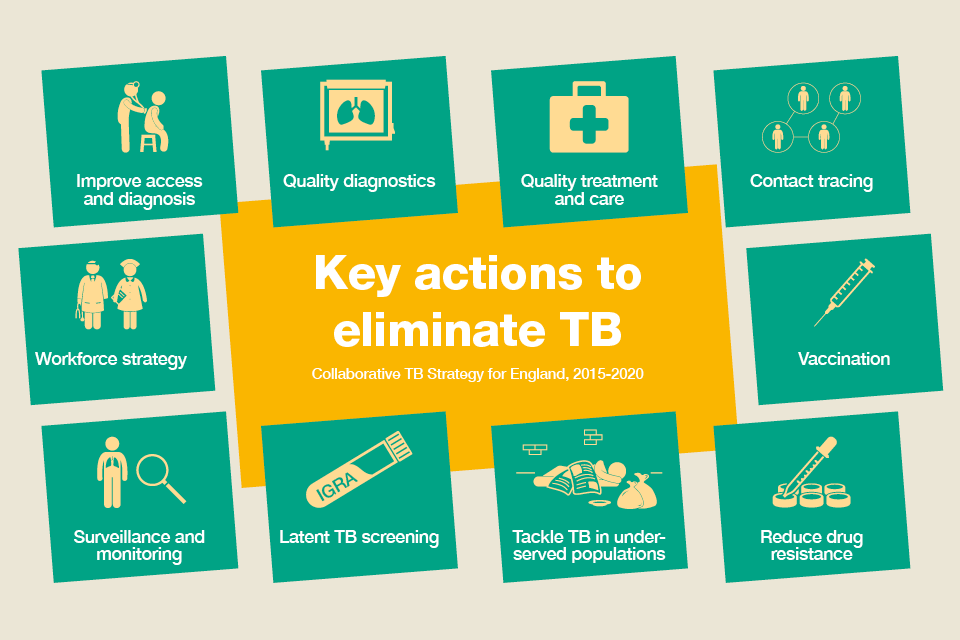
In the fight against tuberculosis, preventing the disease is just as important as treating it. According to Dr. Shweta Bansal of Artemis Hospitals, improving your immune system through diet, air quality, hygiene, and managing stress can significantly reduce your risk of TB. Her advice to avoid processed foods, maintain good hygiene, and get enough rest and relaxation serves as a crucial reminder to prioritize our overall health in preventing diseases like tuberculosis.
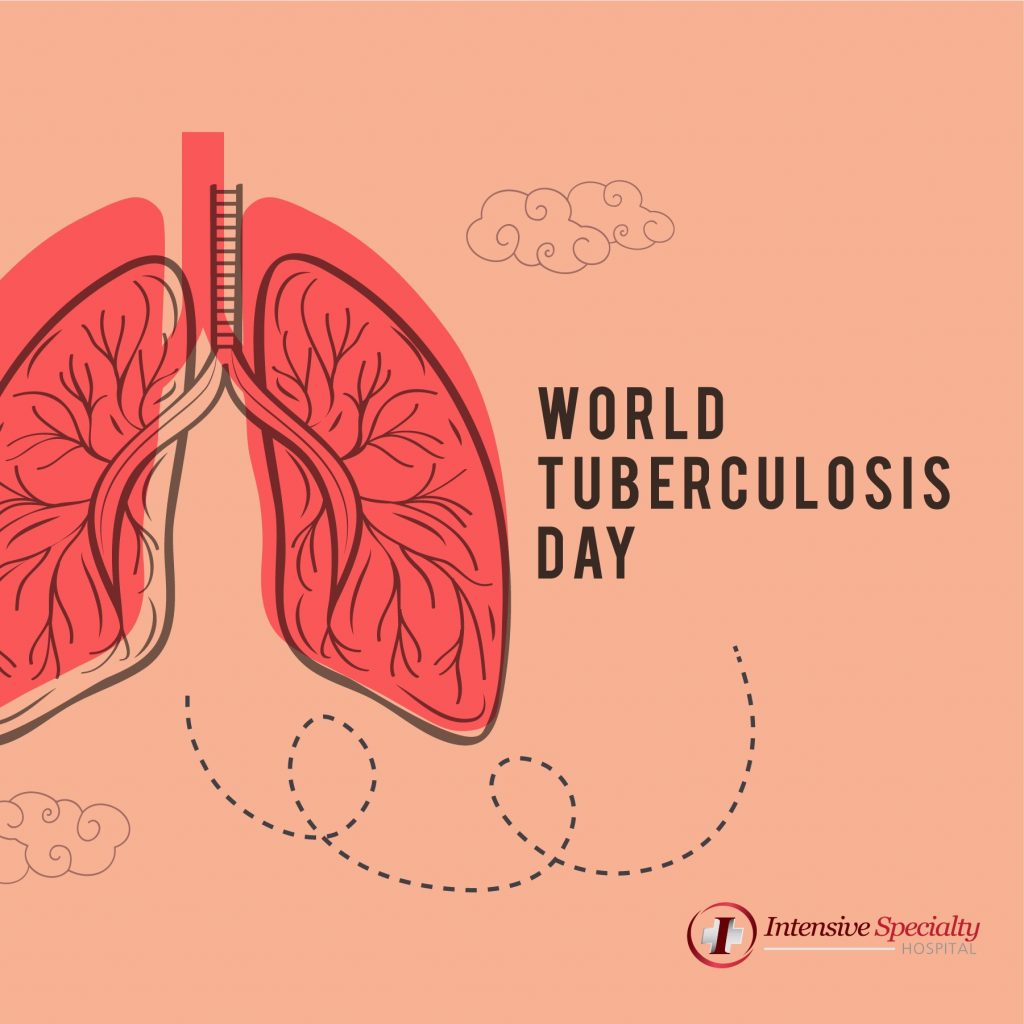
Every year, March 24 is observed around the world as World Tuberculosis Day to raise awareness about the ongoing fight against TB. This year's theme is "Yes! We Can End TB: Commit, Invest, Deliver," highlighting the crucial role of sustained commitment, financial investment, and effective interventions in eradicating this deadly disease. This day holds historical significance, dating back to 1882 when Dr. Robert Koch discovered the bacterium responsible for TB. Join India and the rest of the world in commemorating this day and working towards a TB-free future.